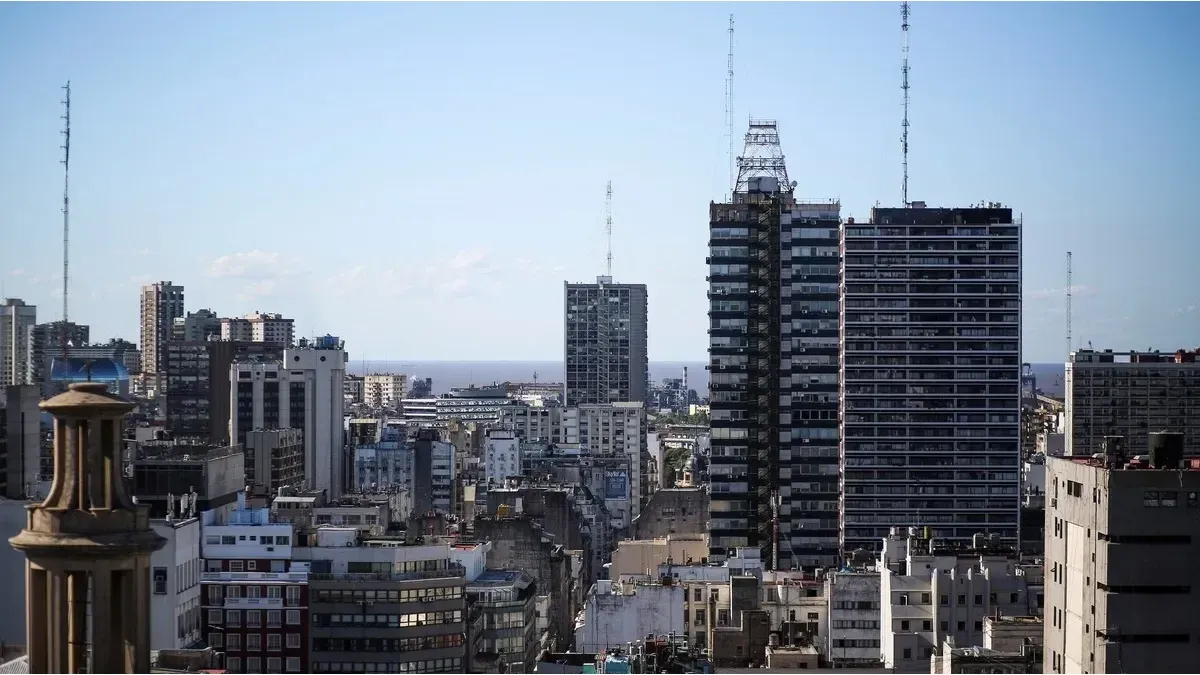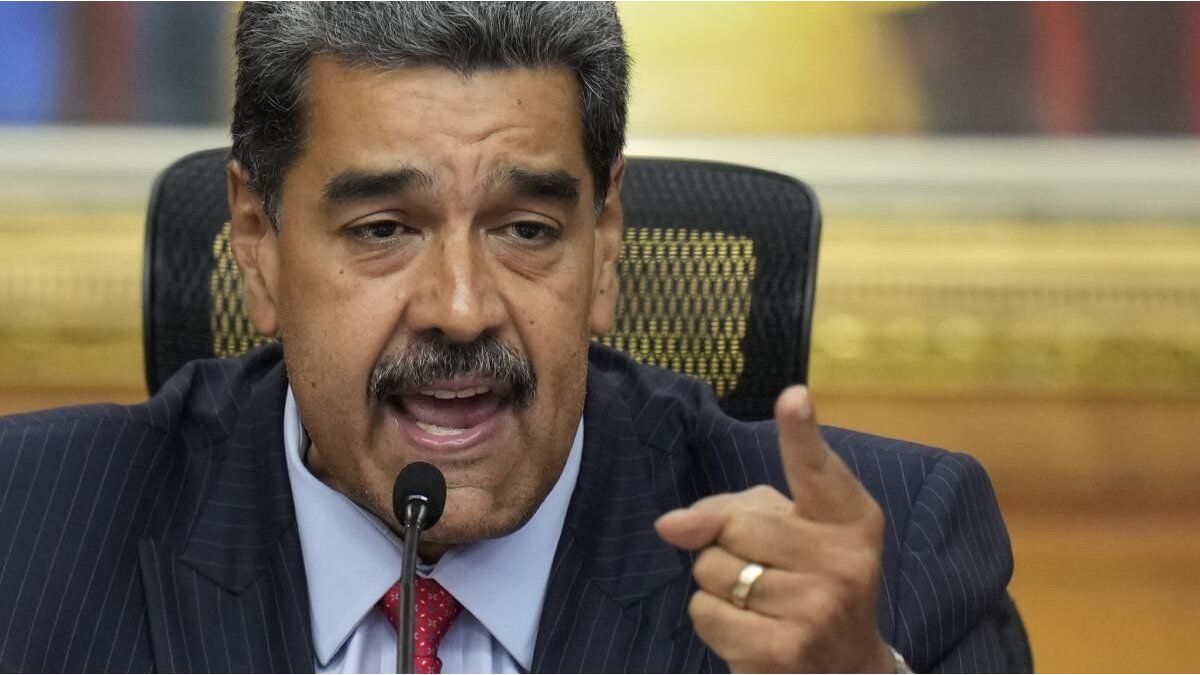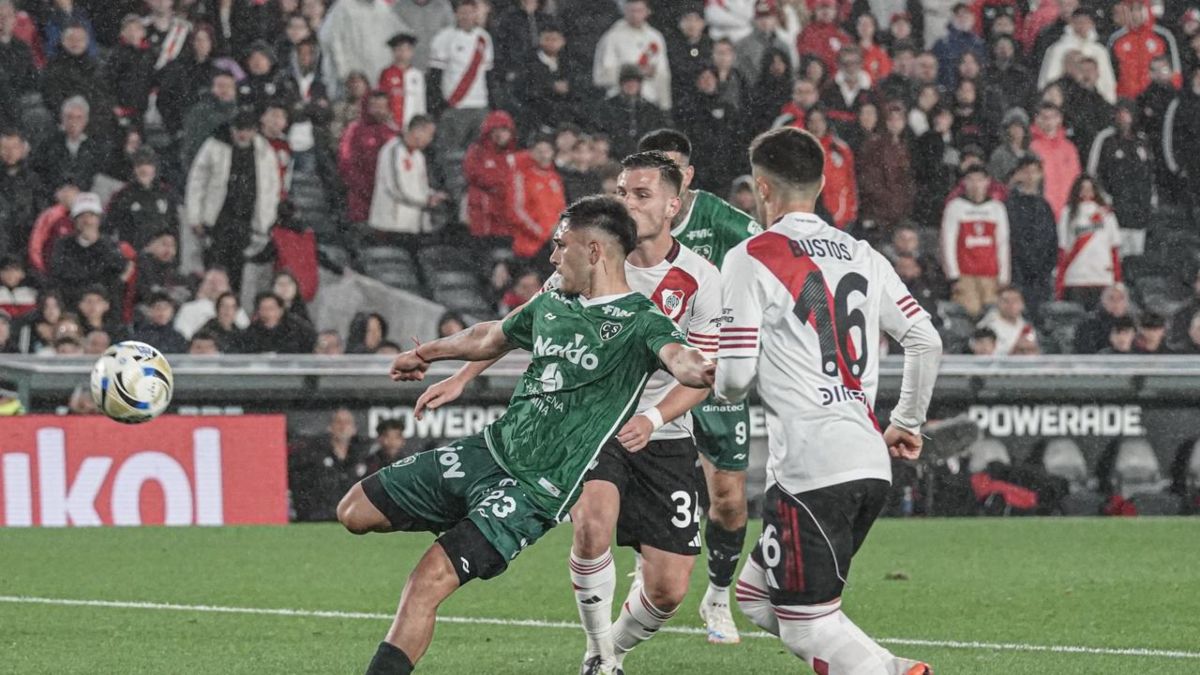At the last minute, in a marathon session of the Legislature, the modifications were approved Urban Code. The initiative, sent by Jorge Macri, It obtained 31 affirmative votes, 11 negative and 18 abstentions. The same fate had befallen the first reading, during September, prior to its passage through the Public Hearing instance.
“The Legislature has just approved the new regulations to build in the City, a commitment that I assumed with a very clear objective, to preserve the identity of the neighborhoods,” Macri celebrated after the sanction. The new Code “It will be key for us to promote the balance of the City and for us to continue promoting the development of the south, with more and better incentives for those who decide to invest in that area.”
In addition, according to him, the modification will allow prioritizing “large developments on the avenues to take care of the appearance of the smaller, quieter streets.” “This law was born from dialogue, from listening to each neighbor and professionals in the sector, and also from working together with legislators from different spaces, whom I thank for having accompanied us with their vote. We are proud to achieve this goal just as we complete our first year in office,” he added.
The main changes to the Urban Code
Among the salient points of the project that modifies the 2018 standard, construction restrictions will govern: on the one hand, it will limit the height of developments in residential areas of low houses, while doing the same in terms of design and infrastructure capacity .
During the presentation in the Legislature at the end of July, Macri He assured that it is “a commitment that I assumed during the campaign” with a clear objective: “Respect the identity of each neighborhood.”. “We are no longer going to allow buildings to be built in residential areas that do not take care of the essence of each block and we are going to promote developments only on avenues with adequate infrastructure,” he said.
With the aim of preserving the identity of the low-rise neighborhoods, the Low Height Sustainability Units (USAB) were reorganized, which are the typologies that regulate buildings up to 14.60 meters. And at the same time, it was proposed that high-rise buildings be built in corridors and avenues and such neighborhoods be avoided.
Furthermore, consider incentives to promote construction in the southern zone of the City. Developers who invest in southern neighborhoods will have a series of benefits, such as the possibility of undertaking projects in areas with more urban density, such as in certain corridors in the northern zone.
Additionally, it promotes areas of priority development, such as Constitución, Flores and Nueva Pompeyato be able to look for particular solutions to specific problems.
According to what the City stated, the new regulations “expands the free centers of each blockbecause it promotes more permeable spaces that favor the entry of air and sun and promotes the environmental quality of the neighborhoods.
The reaction of the opposition
At the end of September, the Urban Code It received a first approval with 32 votes in favor. Support came from the official blocs of the PRO, the Civic Coalition, the UCR and Public Trust. There were 6 against Unión por la Patria and 18 abstentions. It was expected that there would be a final approval tonight.
“We are convinced that the City deserves another Urban Code”Claudia Neira, UP legislator, said during the session, but clarified that “for this you have to plan and have a clear vision of the City, something that was absent in the ruling party’s project simply because that same vision is missing in Jorge Macri’s management. “.
The deputy acknowledged that there was progress in the commissions and they achieved “some positive modifications” referring to “adjustments of heights and densities, recovery of the lung of the block, creation of priority development areas in Flores and Constitución.” However, he assured that The final proposal “not only remains halfway but adds a tool such as additional construction capacity, something that the City does not need and that the only thing it will bring are new problems.”
Source: Ambito
I am an author and journalist who has worked in the entertainment industry for over a decade. I currently work as a news editor at a major news website, and my focus is on covering the latest trends in entertainment. I also write occasional pieces for other outlets, and have authored two books about the entertainment industry.




